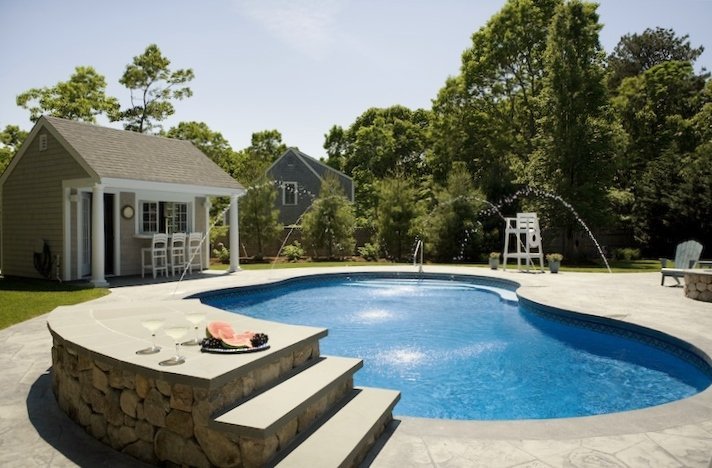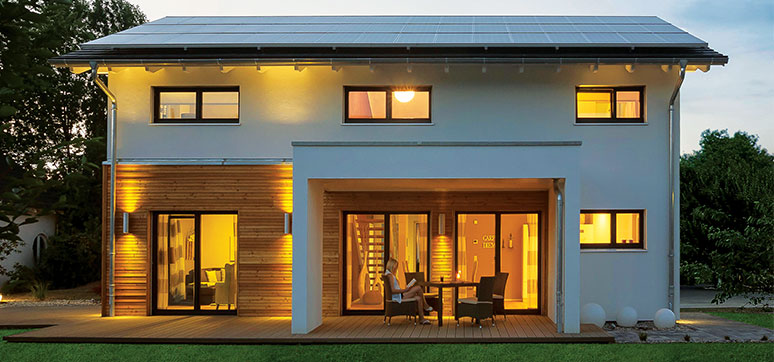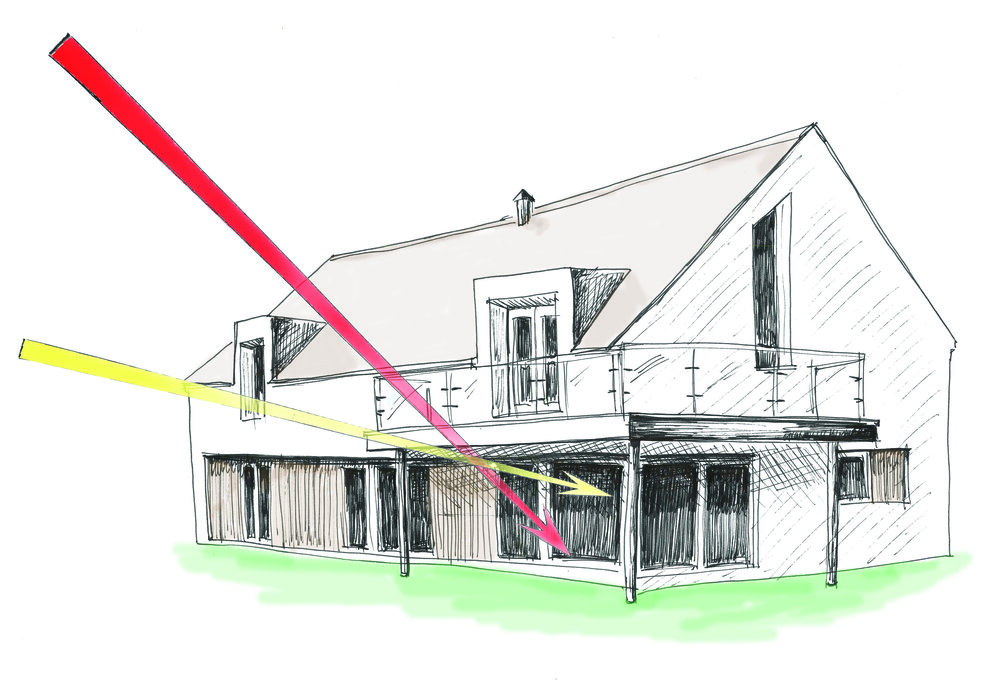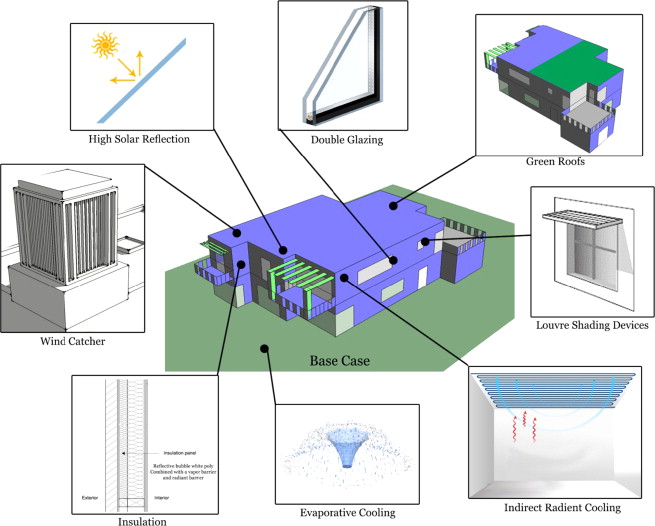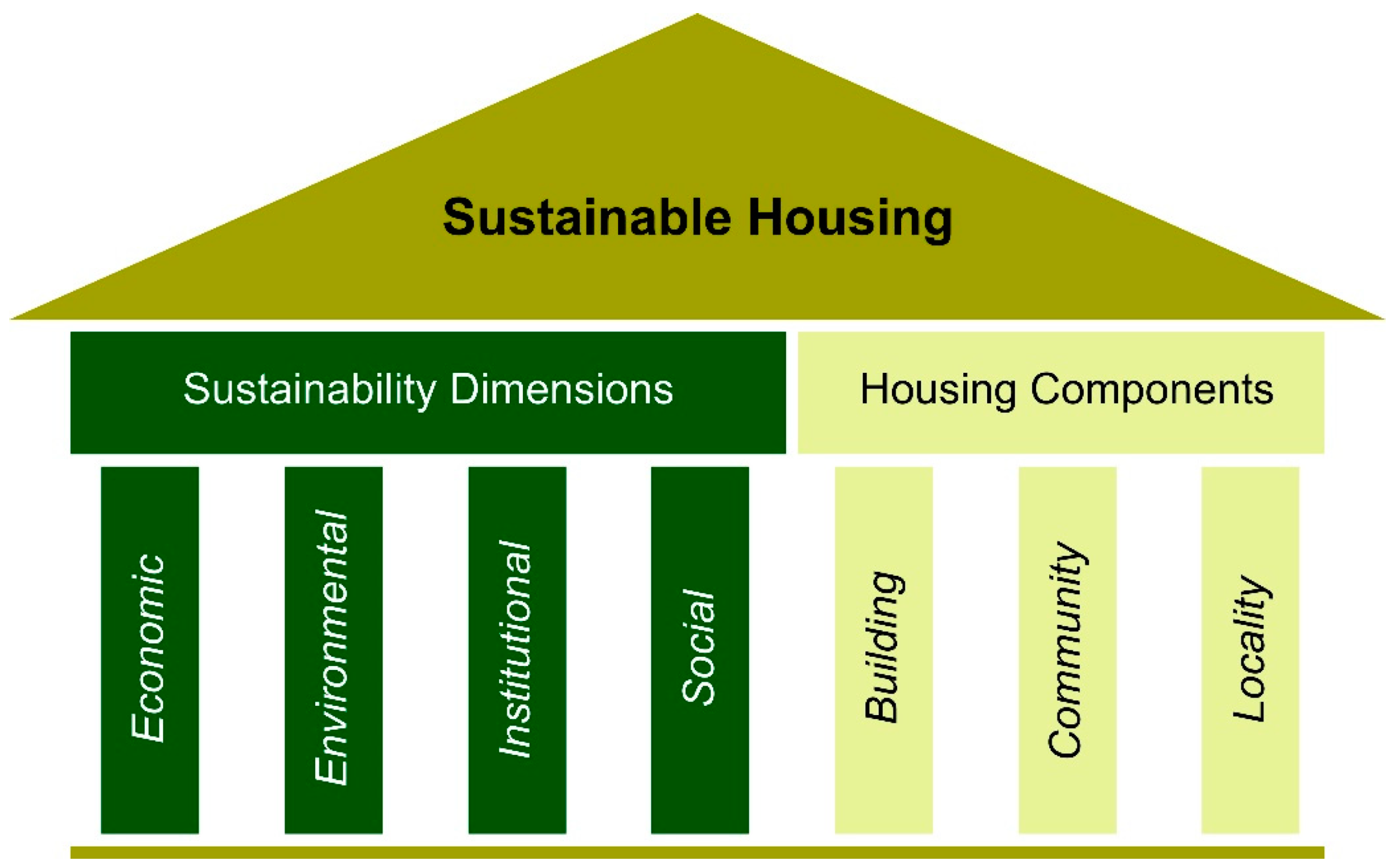We give you the keys to build your Passive house with a pool. And it is that a Passive house is enjoyed inside but it can also be enjoyed outside. With a large garden, a barbecue area, an orchard and of course, with our private pool.
Because in a passive house there is not only a place for energy efficiency but also functionality and design. That is why of course you can design and build a pool in our Passive house. That is why we give you essential information when it comes to how to design and build a pool within your passive home project. From the types of pools according to their construction, water or finishes, difference in costs or recommendations.
How Much Does It Cost To Build A House With A Pool?
The price of a swimming pool in a Passive home is determined by the type of construction and overflow, shape and size, the finishes, the type of chlorination, the inclusion of a blind or not…
In this way, a custom pool, not prefabricated, can range from €18,000 + VAT to more than €30,000 + VAT when we go to porcelain tiles, saline chlorination, covering shutter.
Characteristics that will determine the price of building your Passive house with pool
1. Types of construction
A pool does not have the same cost depending on whether it is built in one way or another.
traditional swimming pools
One of the most widespread methods is the construction of pools with a base and reinforced concrete walls, whether it is formwork, projected or shotcrete. On this base, tile or ceramic is usually placed to ennoble the coating and finish.
They are more complex pools in construction, labor and materials. Which also implies more installation time. They also require some user maintenance.
Alternative pools
That is why polyester pools have more and more presence. This type of construction and prefabrication with fiberglass and polyester structures are cheaper and faster to execute. They have, on the other hand, a greater limitation of sizes and shapes and maintenance that, although it is done less often, has a higher cost to ensure its perfect operation.
An alternative that we could consider intermediate between the previous ones are the liner pools. On a base to the measure that we want, a PVC coating with liner and the reinforced sheet appears, which is what guarantees the sealing of the pool.
This sheet adapts to any glass shape and is installed quickly and efficiently. There are many finishes and colors on the market so we also have a lot of aesthetic flexibility depending on what we are looking for.
2. Pool size and shape
As we have mentioned before, the type of construction determines the possibilities of making a pool for our custom Passive or having to resort to a standard measure.
Most common pool sizes
We can say that the usual thing, and as long as the plot of our Passive home allows it, is a pool 8 m long x 4 m wide. This pool size is more than enough for a family of 4 and allows for a more than reasonable distance to swim.
For this, the size and type of plot where we build our passive house will be essential. That is why it is so important to choose the land well, both for the future house and for its outdoor space with its garden and pool.
When the pool is a more playful or recreational element and you do not need so much distance to swim, it is usual for it to be 6 mx 3 m. This way we do not reduce the garden space around the pool so much.
In the opposite case, and if we want a swimming pool, perhaps we should think of a length of 12 m even if its width is only 2 or 2.5 m.
pool glass shapes
And it is that in addition to the measurements of the pool it is important to choose its shape according to the use and design that we seek. Although the most optimal shape is rectangular, there are oval pools or even more organic shapes. Normally this will be determined by the design of the house so that the pool has a certain relationship.
In addition, inside the glass we can have several depths, flat or in increasing ramp. Or even a paddling area and a swimming area, a shallow area for hammocks, or bleachers to sit on. The options for pools are endless.
3. Type of water purification
Water purification affects its quality as well as its treatment and maintenance. And it is that in a pool chemical products must be added to eliminate bacteria and proliferation of algae.
Although the most common for this is chlorine, there are other alternatives such as salt chlorination, which is increasingly widespread.
Although it is a higher initial cost, it needs less maintenance and is much better for health. Since it is less reactive for our skin.
4. Presence of blinds in the pool
It is becoming more and more common to include shutters in Passive pools for reasons of aesthetics and safety. Aesthetic when the pool is not in use, so as not to see the water if it is not clean. And safety when there are children at home and to prevent them from falling into the pool.
Although they have a cost that can range between €4,000 and €8,000 + VAT, it is an increasingly popular option when building a Passive house with a pool.
Requirements To Build A Swimming Pool
The main requirement for the project and thus be able to build a Passive house with a pool is the municipal permit or license for that pool. Because if this is granted, it is because it is urbanistically allowed on our plot. And it is not possible in all fields.
In some plots there are conflicts with the situation of roads, companies or electrical or water installations. On the other hand, in other cases the problem comes from limitations in municipal ordinances that can restrict permits under certain conditions.
For this reason, the first step is always to put yourself in the hands of a technician who analyzes for each concrete the ease or not of building a pool on a certain plot.
Swimming Pool Construction Process
When building your Passive house with a pool, it is important to know the steps to follow throughout the process. And although these will depend on the chosen pool construction system (prefabricated, built-in, with liner…), in all cases it must be preceded by a series of common steps.
In the first place, a technical project will be needed that reflects the location, urban conditions of the site, the type of construction of the pool, coatings… and thus it must be presented to the relevant Town Hall to obtain the municipal works license. A relatively simple but essential procedure.
How long does it take to build a pool?
As it cannot be otherwise, it depends on the type of pool chosen. But it can range from one week in the case of prefabricated ones, two weeks in liner ones, and a month and a half in masonry ones with ceramic or tile cladding.




